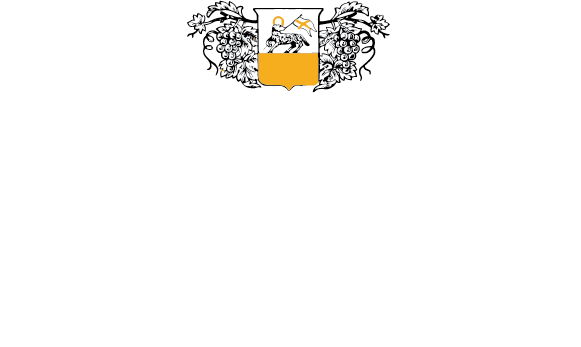Basilica Cafaggio
The History
The origins of the Cafaggio estate go back to a remote past, in medieval times, while the first document that attests to the presence of Cafaggio dates back to 1408, as it results from a precious parchment preserved in the estate’s archives. At that time, the estate was called “Cahago”, which means enclosed, cultivated field.
Records indicate that at the end of the fifteenth century, the estate was owned by the Benedictine monks of Siena, before passing into the hands of various owners, among which the famous Florentine family, the Niccolini.
Before the end of the modern age, the estate was sold to the Florentine Hospital of Santa Maria Nuova, and records show that even then the farm produced a great variety of food products, including wine and oil. In the nineteenth century, Cafaggio became property of the Boddi family.
At the end of the sixties, the property was purchased by the Farkas family. Originally a country house, in 1967 the property was in such a state of neglect that the Farkas decided not only to renovate the cellars but also to replant the vineyards and olive groves.
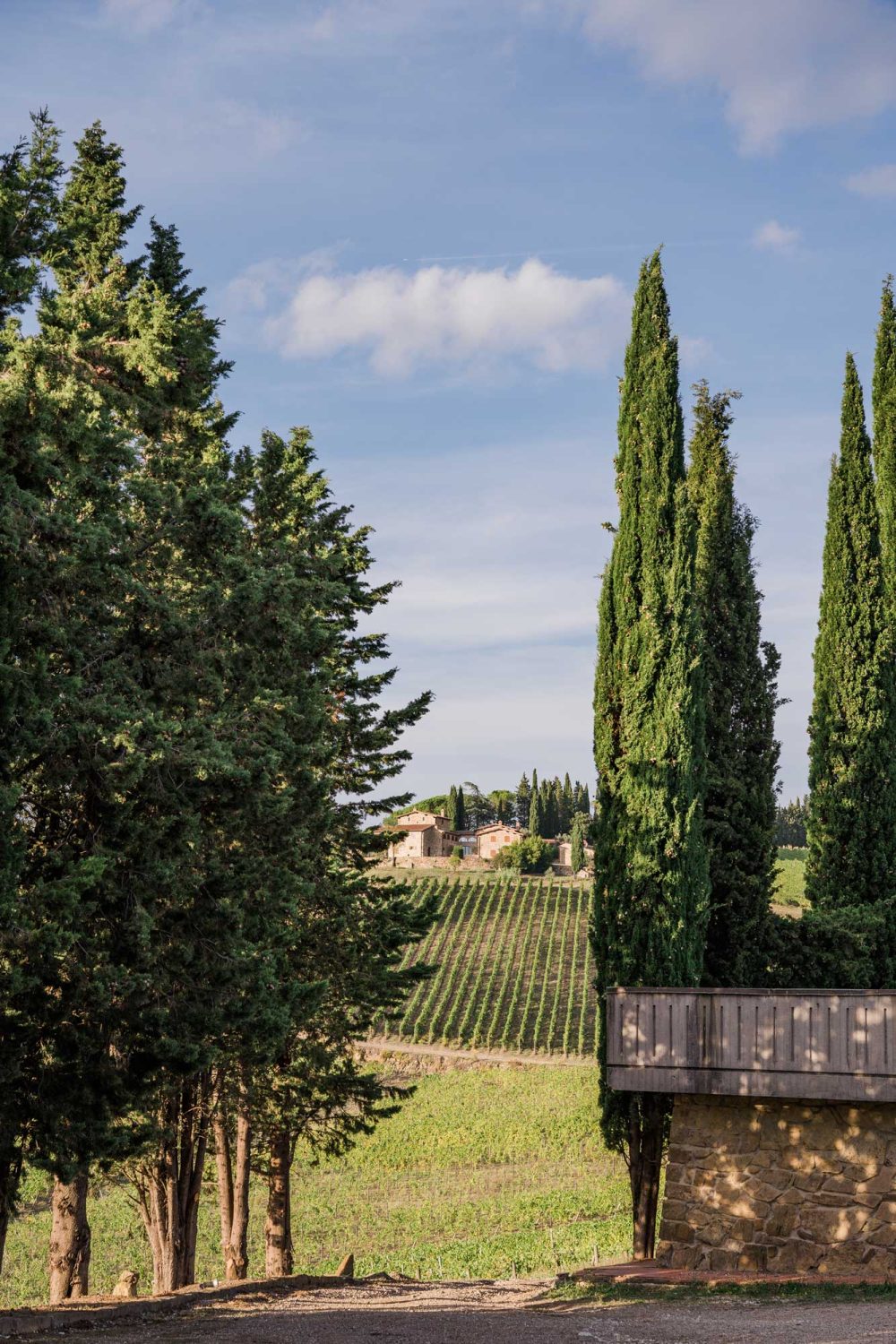
Villa Cafaggio
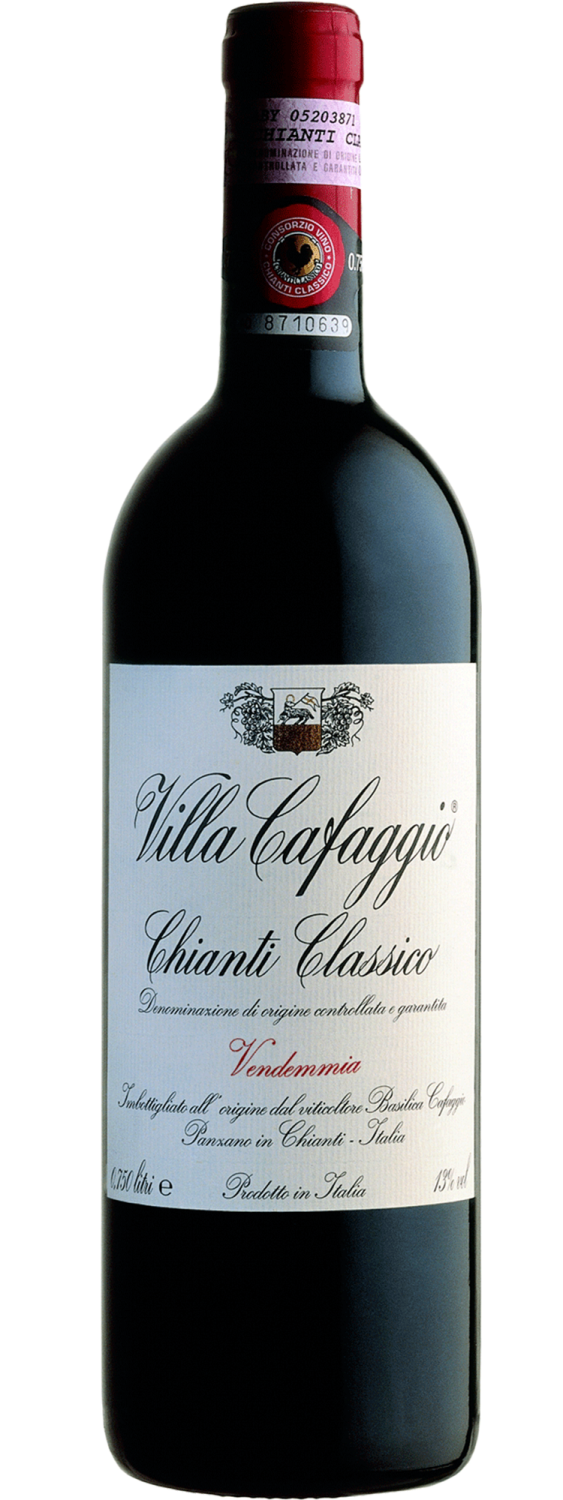
Chianti Classico
Denominazione di Origine Controllata e Garantita

The grapes are destemmed and delicately crushed to minimize damage to the skin. Alchoholic fermentation takes place in steel vats at controlled temperatures. During fermentation the wine is frequently pumped over to optimize extraction of colour and polyphenols.

Chianti Classico
Riserva
Denominazione di Origine Controllata e Garantita

The grapes are destemmed and delicately crushed to minimize damage to the skin, optimizing extraction of the colour and the soft tanninis. The alcoholic fermentation takes place in steel vats at controlled temperatures.
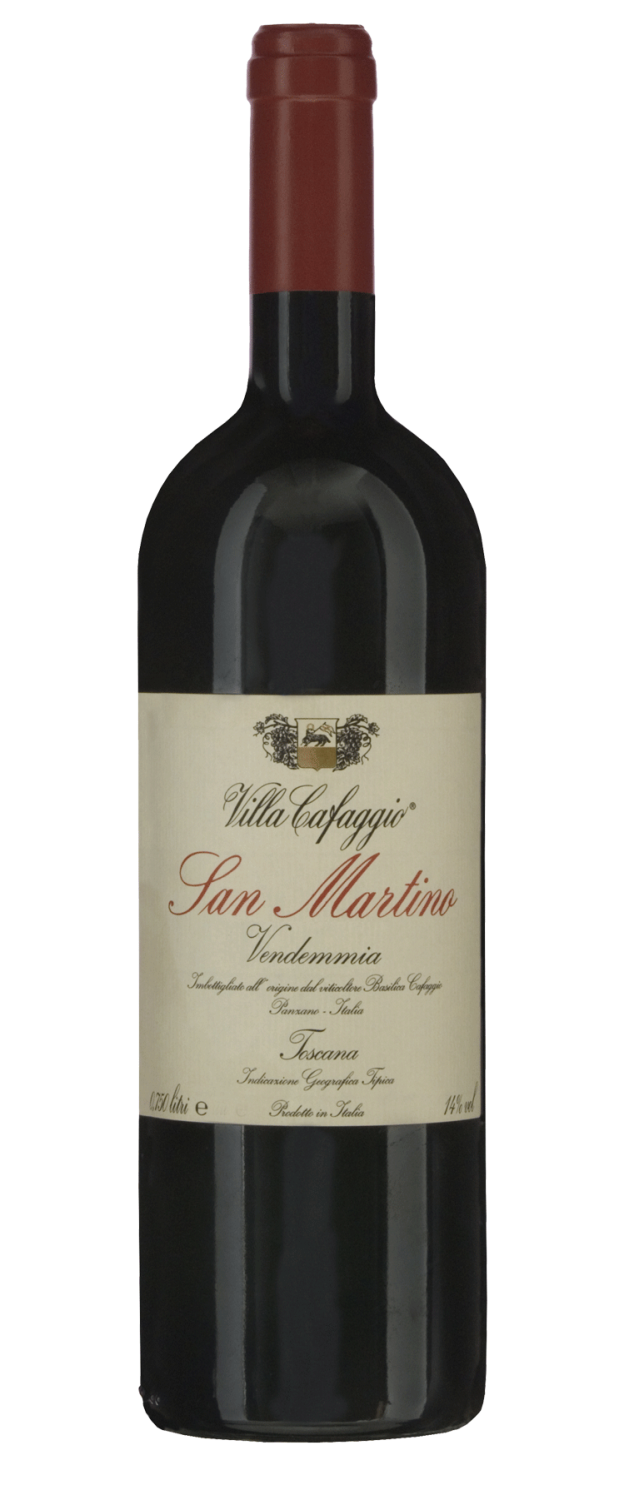
San Martino
IGT Toscana
The grapes used in the production of this Super Tuscan are destemmed and delicately crushed to minimize damage to the skin. Maximum extraction of colour and tannin is very important and fermentation is encouraged through the addition of selected yeasts. The alcoholic fermentation takes place in stainless steel tanks at controlled temperatures.
Malolactic fermentation takes place exclusively in barriques, helping to define the wine’s structure and balance.
Cortaccio
Cafaggio used to produce also a Cortaccio, a wine of extraordinary quality with a garnet colour, an intense aroma reminiscent of blackcurrants and a perfectly blended roasted character.

The Terroir
Soil peculiarities
The composition of Conca d’Oro’s soil is a mix of marl and clay, a unique and particular characteristic which determines the conditions that characterize the grapes cultivated in this area. Clay makes the soil compact and at the same time friable, helping to retain water in depth. It therefore guarantees a water reserve that vine roots can go in search of, in an area lacking watercourses and with dry and hot summers.
The marl is a sedimentary rock and is also very friable both to shocks and to atmospheric events.
Its fragmentation helps to enrich the soil with mineral salts, and the dust derived from the erosion of the marl forms sandy layers that keep the soil draining and warm around the roots.
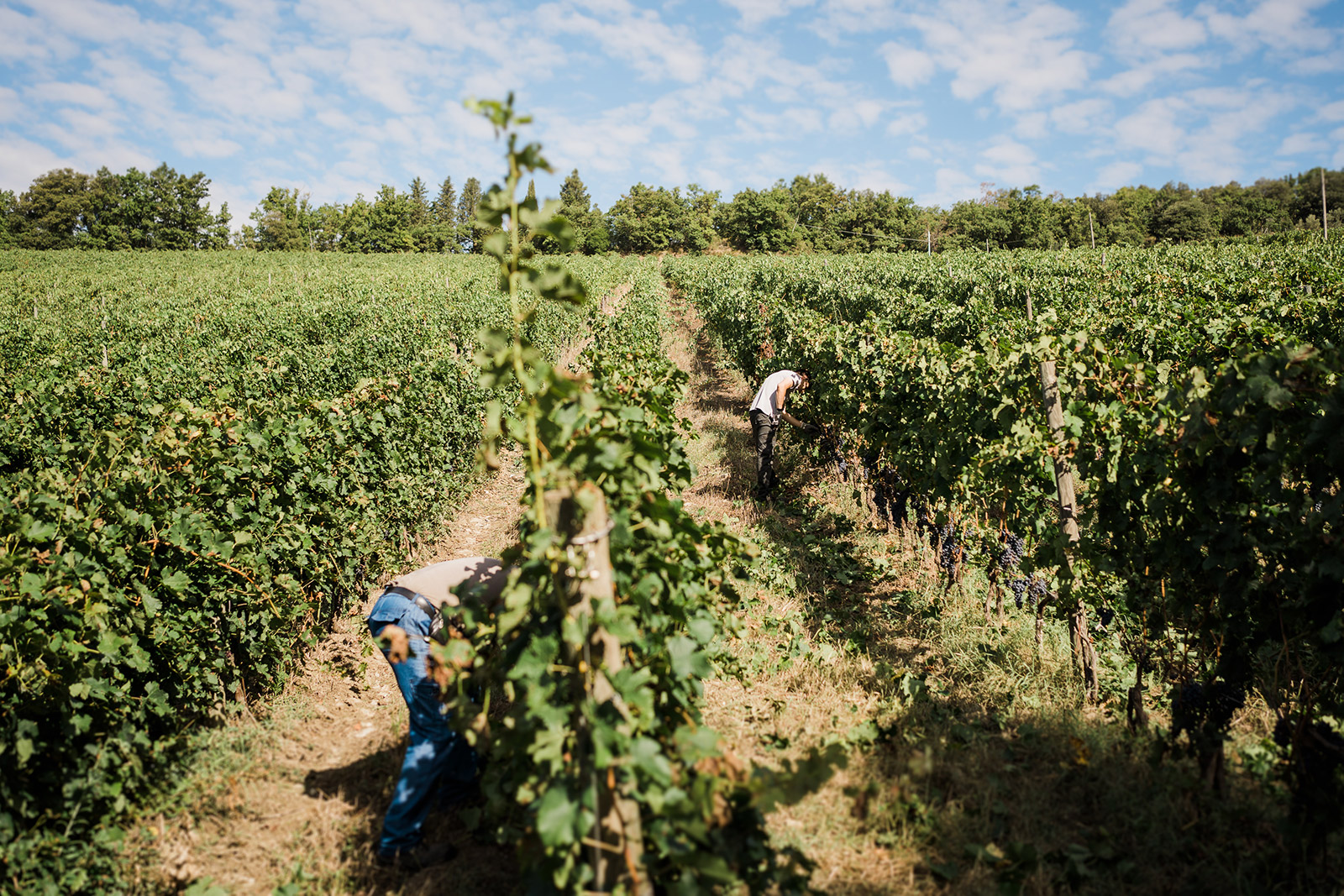
Discover more about Villa Cafaggio
Basilica Cafaggio Sarl
Via San Martino, 5 – Panzano in Chianti
50022 Greve in Chianti (FI) Italy
P. +39 055 8549094 | F. +39 055 8549096
info@cafaggio.wine
DISCOVER ALSO BASILICA CAFAGGIO:
www.cafaggio.wine
